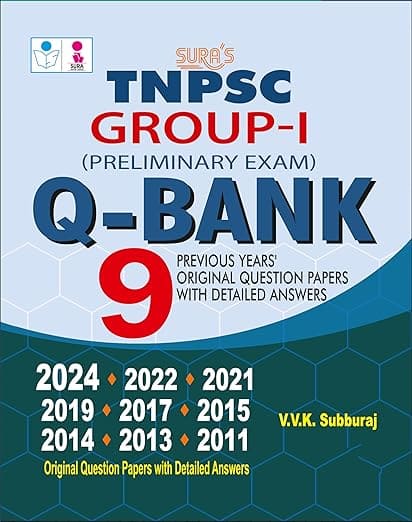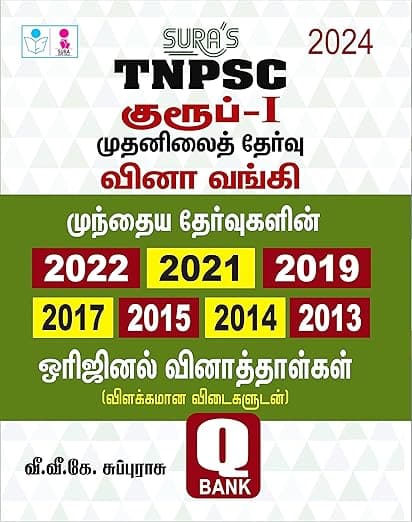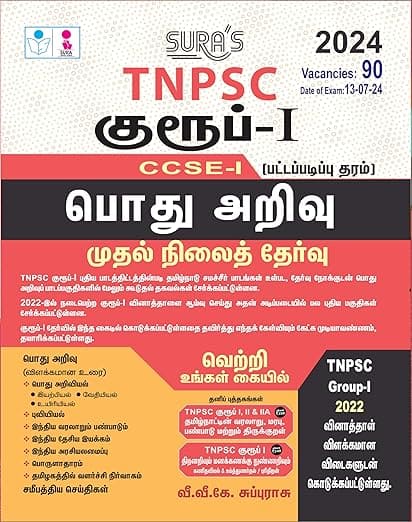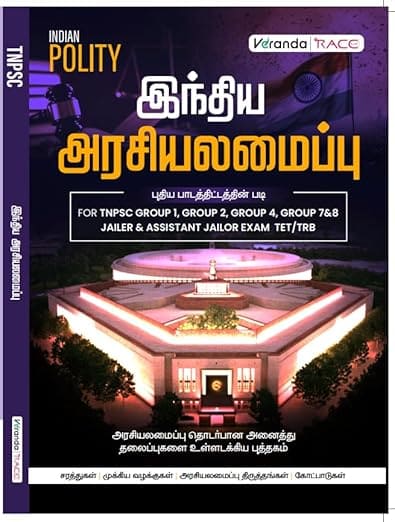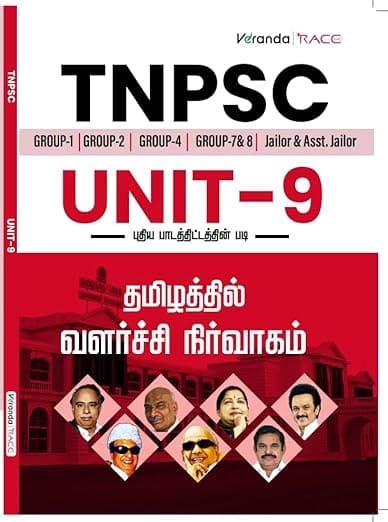- Rig Vedic Samhita is the earliest text that relates to the Early Vedic period.
- The Early Vedic culture is placed between 1500 BCE and 1000 BCE.
- The political, social and economic aspects of life of this period are reflected in the Rig Vedic hymns.
Geography
- In the Indian subcontinent, the early Aryans lived in the area of eastern Afghanistan, Pakistan, Punjab and fringes of Western Uttar Pradesh.
Dasas and Dasyus
- The Rig Vedas speak about not only the Aryans, but also about the non-Aryan people, whom the Aryans encountered in India.
- When the Rig Vedic people moved into India they came into conflict with people whom they referred to as Dasyus or Dasas.
- Evidently the Aryans differentiated themselves from the dark native people who had different cultural practices, and sought to maintain their distinction.
- The Rig Veda has references to several other groups.
- Simyu and Kikata are grouped with the dasyus.
- Sambara son of Kulitara is mentioned as a chief with 90 forts or settlements.
- Varchin was another chief with many troops.
- The Rig Veda mentions the defeat of a chief called Sambara by Divodasa of the Bharata clan.
Polity and Political Clashes
- The concept of polity developed in the Rig Vedic time.
- Various units of habitation and divisions such as the janas, vis, gana, grama and kula are referred to in the Rig Veda.
- The Vedas speak about the Aryans and their enemies and the battles they fought with them.
- The battles were fought more for cattle and material wealth and the war booty acquired was shared.
- They not only fought with the non-Aryans, but also fought among themselves.
- They invoked the support of the gods in their battles.
- They strongly believed that prayers, sacrifices and rituals could offer support in their mundane life.
- The god Indra is called Purandara, which means destroyer of settlements, which were perhaps fenced or planned townships.
- The term Jana means tribe.
- The Bharatas and Tritsu were the ruling Aryan clans who were supported by Vasishta, the priest.
- The region of India was named Bharata Varsha after the tribe of Bharatas.
- The Bharata clan was opposed by ten chiefs and five out of them were Aryans. This battle was known as the Battle of Ten Kings.
- The battle took place on the banks of the river Paurushni, identified with the river Ravi.
- In this battle, Sudas won and he became important leading to the dominance of Bharata clan.
- The Purus were one of the defeated clans.
- The Purus and Bharatas formed an alliance and later they formed Kuru clan. Later the Kurus allied with Panchalas and established their control over the Upper Ganga Valley.




